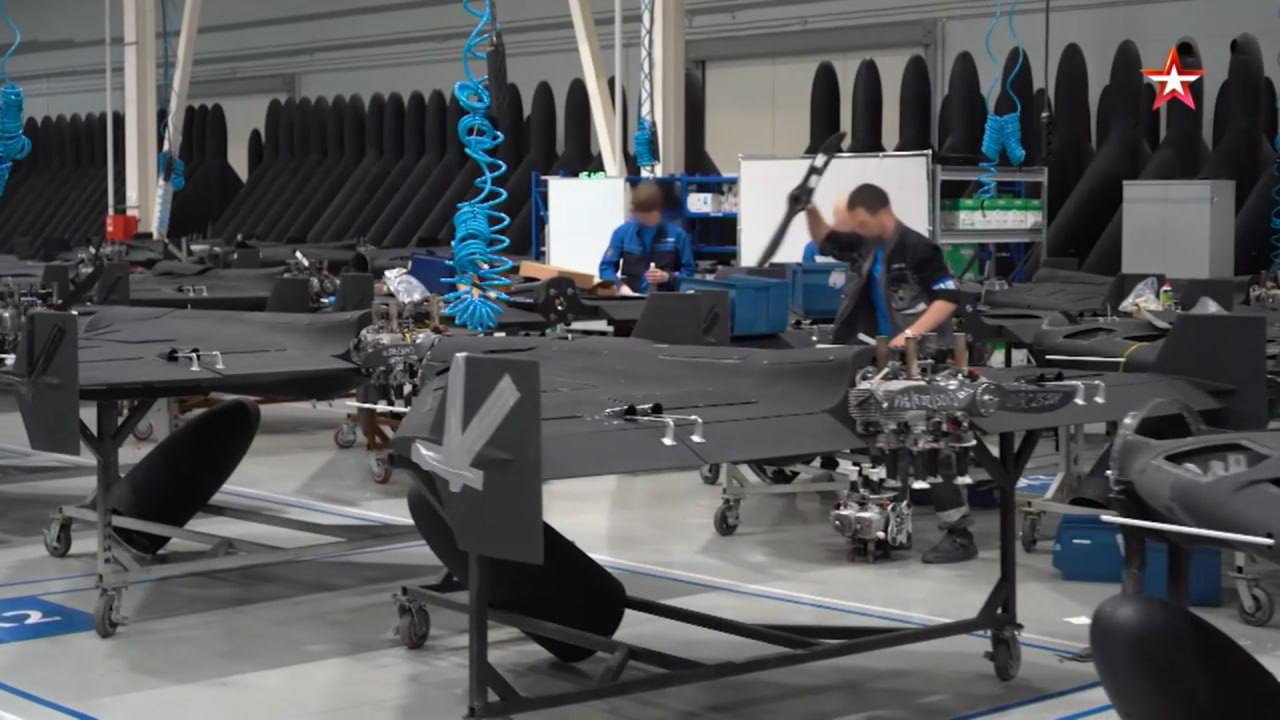
Green Flag Ventures Founder: The U.S. Has Not Learned Lessons from the Russia-Ukraine War
The founder of the U.S.-based investment fund Green Flag Ventures, which focuses on defense technologies, has raised concerns about the lack of preparedness in the United States and NATO for the new era of warfare that Ukraine is currently leading.
In an interview with The War Zone, Deborah Fairlamb, who chose to remain in Ukraine following Russia’s full-scale invasion, spoke about her support for projects developing cutting-edge drone swarm technology, advanced navigation and communications systems, and counter-drone solutions.
Fairlamb emphasized that Ukrainian innovation has played a critical role in countering Russian aggression. However, she noted that these technological breakthroughs have largely gone unnoticed by the U.S. and many European nations.
“What’s deeply concerning is how little attention the West is paying to what’s happening here. Technology is advancing at an incredible pace in Ukraine, while the U.S., Europe, and NATO are responding far too slowly.
People need to understand: this is how Russia and China will wage war. It will involve the mass deployment of large numbers of relatively low-cost systems that are nevertheless incredibly destructive.
If you think about the consequences – even just the psychological shock from the first strikes Russia could launch against Europe, or China against the U.S. mainland – by unleashing thousands of drones for which there are no effective defenses… There are many alarming scenarios, and I’m not seeing any serious response to them,” she said.

Deborah Fairlamb outlined key lessons from Ukraine’s experience that the U.S. government and military leadership must understand to prepare for a potential confrontation with Russia or China.
The first, she said, is the incredible speed at which both software and hardware are being developed and refined in Ukraine. This high level of adaptability has allowed Ukrainians to respond quickly to changing battlefield conditions, operating in environments where GPS doesn’t work and where rapid adjustments to electronic warfare systems are essential.
“One of the challenges Ukraine has faced is that many systems being sold or prepared for sale are treated as finished products. But once they arrive in Ukraine, it becomes clear that these systems are ‘closed’ – they weren’t designed with the need for rapid changes and modifications in mind, which are absolutely critical here. As a result, many solutions coming from abroad simply don’t work. And it’s not because the technology itself is bad – the issue is that for most people outside Ukraine, it’s hard even to imagine what it’s like to build something for conditions where electronic warfare is constant and communication is nearly nonexistent,” she explained.
The second key point is production and scale. Most of what’s used in Ukraine – for example, FPV drones – costs between $500 and $1,000. If they include advanced components like night vision cameras, they may be slightly more expensive. Larger fixed-wing drones might cost up to $10,000, sometimes $30,000 – but that’s the upper limit. And when you consider the scale we’re talking about – millions of drones – you simply can’t afford platforms that cost $100,000 or $200,000 apiece.

The third key point is procurement. This, Fairlamb explained, depends on congressional committees, the budgeting process, and the Department of Defense – specifically, how they plan to purchase equipment. The traditional cycle for introducing new technologies into the U.S. Department of Defense is extremely slow and can take years. Even for newer companies like Anduril, the process is still far from fast.
She highlighted Ukraine’s procurement reforms at the Ministry of Defense as a compelling example. There, the procurement cycle has been reduced to just three or four months. The ministry is able to quickly purchase products that have already been tested in combat and come with frontline commanders’ confirmation that they work.
Another important factor, she noted, is that individual units – companies, battalions – have been given their own budgets to directly purchase equipment from pre-approved suppliers. This dramatically speeds up the process because it’s no longer a classic bureaucratic procurement procedure – it’s simply a fast transaction.
According to Fairlamb, even if the U.S. were to simply reform its procurement process – for example, by allowing units to purchase equipment that’s already on an approved list directly – it would make a significant difference for soldiers. The pace of today’s battlefield developments is such that traditional procedures just can’t keep up.
“I’ll give you an example,” she said. “A man who led the tech division in a very successful Ukrainian frontline battalion told me: ‘In 2022, if we came up with a new development, it would last about seven months before the Russians found a countermeasure and we had to adapt. In 2023, that window shrank to five or six months. By 2024, it was down to three and a half or four. And now, in the first half of 2025, sometimes we need to change things within just a month or six weeks.”
She also commented on the U.S. Department of Defense’s Replicator program – an initiative launched to facilitate large-scale weapons procurement and help the U.S. keep pace with China, particularly through systems like the Switchblade 600 loitering munition.
“They’re still operating within the old Department of Defense system,” Fairlamb said. “I know a lot of the guys at the Defense Innovation Unit (DIU) – they’re great people, genuinely committed to what they do. But they’re forced to work within an outdated structure, following old rules. And in my view, that’s the biggest challenge.”








